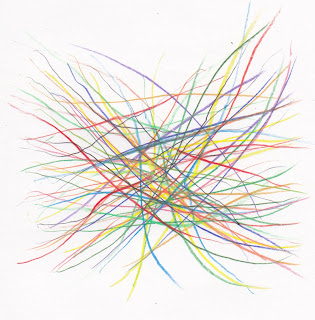Our "Journey to the East" took us through Tucson, Arizona.
I had lived in Tucson for a few weeks when I was a very young man but had forgotten just about everything except the dry heat and the typical deserty smells which are unforgettable for me. Most of the details of my long ago stay were erased.
We found a motel near the city center as the sun was setting and had our usual traveler's picnic dinner in our room.
Then, since it was a warm pleasant evening, we went out for a stroll.
From a quick check of the city map in a "What to do in Tucson" magazine in our room, we decided to walk to "El Presidio Plaza"--just a few blocks away.
By one of those wonderful accidents which sometimes happen to travelers, our walk took us through a preserved old neighborhood with great houses from an earlier day. Everyone of them different. Every one of them unique.
Even the street lights were of the old-fashioned kind--the antique concrete sidewalks--the scent of lilac--everything so well remembered from my boyhood.
But these houses were lived in. There were new cars in the old driveways and new residents beyond the old bay windows watching today's American Idol not Your Hit Parade--but the neighborhood itself was like a piece of the past. My past.
I was delighted with the museumish neighborhood and very happy that Tanya, from so very far away and from such a different cultural background, could share this experience with me.
...






































